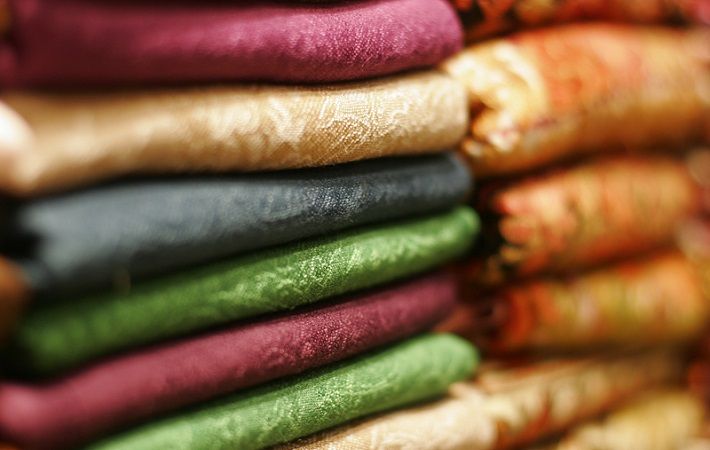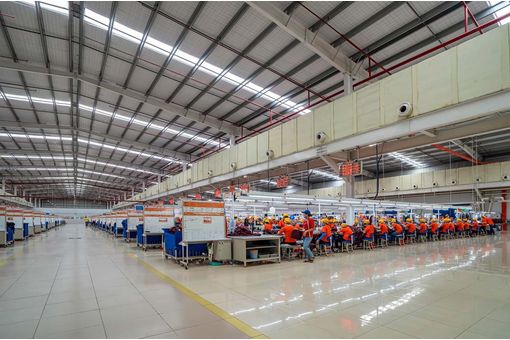Uniformity in GST structure for Indian textiles inevitable

The question that persists is that will no reforms be undertaken in the GST structure to bring uniformity in textile products. However, the answer to this was given by finance minister Nirmala Sitharaman who clarified that the government has only postponed the hike. It is believed that after detailed deliberation with all the stakeholders, certain changes will be made in the tax structure to bring uniformity.
After the meeting of the GST Council last week, the finance minister made a statement that the Council will have a detailed discussion on this topic. The Council will discuss the issue in February. It is possible that the government would review the proposed increase in the tax structure and take a cautious note on the suggestions received from industry organisations. After this, the government is most likely to make the necessary changes in the duty structure.
Industry sources told Fibre2Fashion that it is necessary to bring uniformity in tax rates for the ease of textile industry. It is also true that discrepancies in duty structure make things difficult for the industry. But there is a bigger reason that the government is incurring losses instead of getting revenue from tax on textiles. Manmade yarn and polyester-cotton yarn attract 12 per cent tax while fabric attracts lower tax of only 5 per cent. Due to this, the fabric manufacturers have to pay 12 per cent tax on the raw material for which they get a refund, whereas only 5 per cent tax has to be paid on fabric. Industry sources said that usually the refund amount of 12 per cent tax on yarn is higher (even after value addition) than the amount payable of 5 per cent tax on fabric. In this way, the government does not get any tax from it, instead it has to pay more refund. This is technically called an inverted duty structure.
Similarly, on PC yarn, in which polyester content is more than 50 per cent, 12 per cent tax is levied. On the contrary, on CP yarn, in which the quantity of cotton is more than 50 per cent, only 5 per cent GST is applicable. According to industry sources, a marginal difference in the ratio of cotton and polyester results in a difference in tax liability of 7 per cent. Hence, such deals are prone to tax evasions and also create disputes. Similarly, 5 per cent duty on garments of up to ₹1,000 and 12 per cent duty on garments of above ₹1,000 per piece are also prone to dispute and tax evasion.
Sources said that the decision taken by the GST Council to change the tax structure was necessary for ease of doing business in the industry. The uniform tax structure is deferred for now, but it is a necessity and the government may implement changes in the duty structure after a few months. The various stakeholders of the industry will get time to understand and prepare till then.
Another advantage of deferment is that there will be no disruptions in business in the first quarter of current calendar year. The industry can expect smooth trade and business activities during the upcoming festival season. It is pertinent to mention that summer clothing season begins from mid-January so businessmen can expect good business in the next two-three months.
Before postponing the decision to hike GST, North India Textile Manufacturers Association (NITMA) president Sanjay Garg had said that the industry would benefit from uniformity in tax rates. In the proposed change, it was decided to reduce the tax rate on manmade fibre from 18 per cent to 12 per cent. This indicated that manmade yarn spinning mills would increase their focus on the core activity. But due to the latest decision, the previous tax structure will remain in force. Therefore, spinning mills will have to pay 12 per cent tax on selling manmade yarn, while they need to pay merely 5 per cent tax if they produce fabrics. Thus, spinning mills are producing and selling clothes instead of yarn, causing MSME units manufacturing textiles to go out of competition.
Fibre2Fashion News Desk (KUL)
































-Ltd..jpg?tr=w-120,h-60,c-at_max,cm-pad_resize,bg-ffffff)





.jpg?tr=w-120,h-60,c-at_max,cm-pad_resize,bg-ffffff)
.jpg?tr=w-120,h-60,c-at_max,cm-pad_resize,bg-ffffff)






